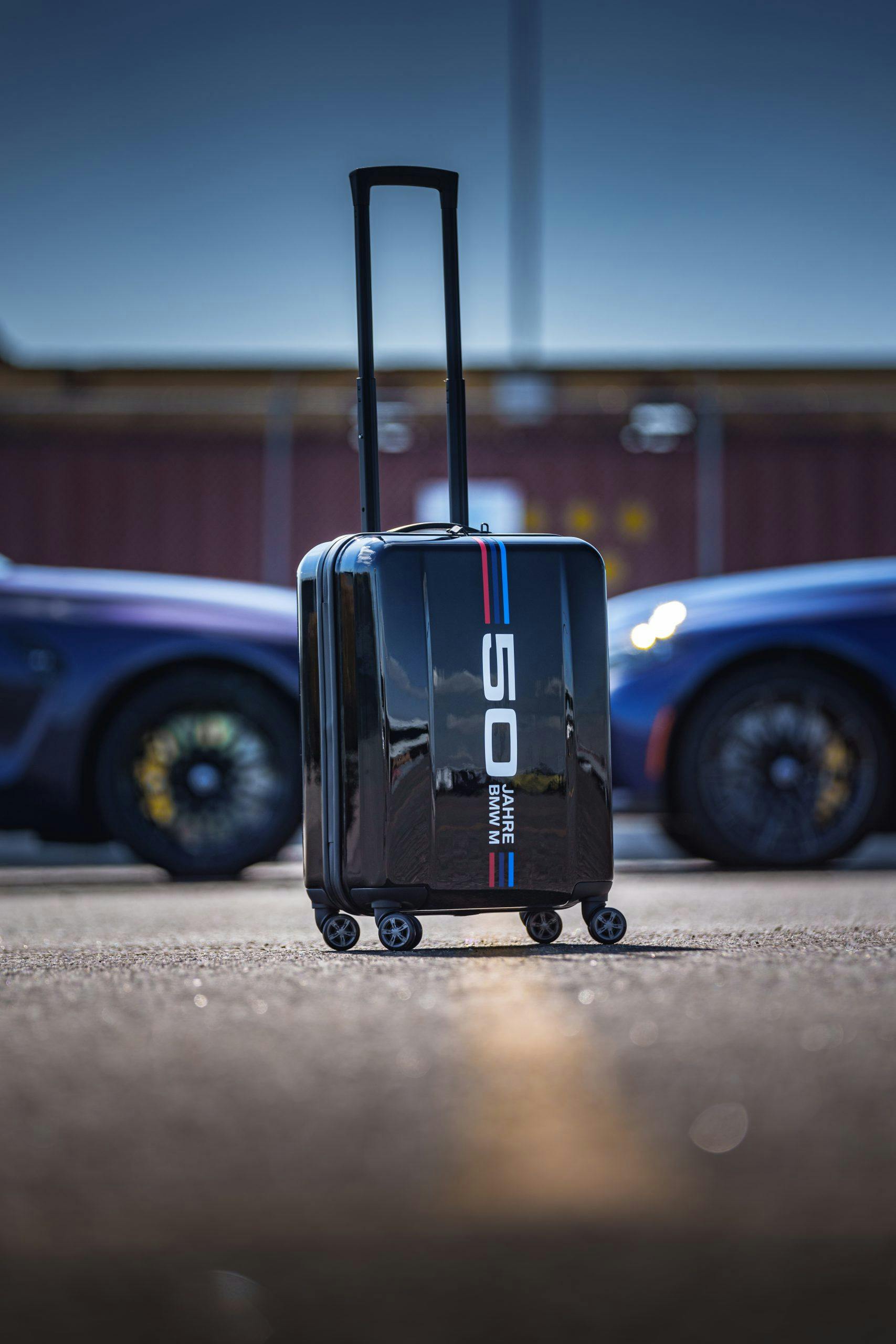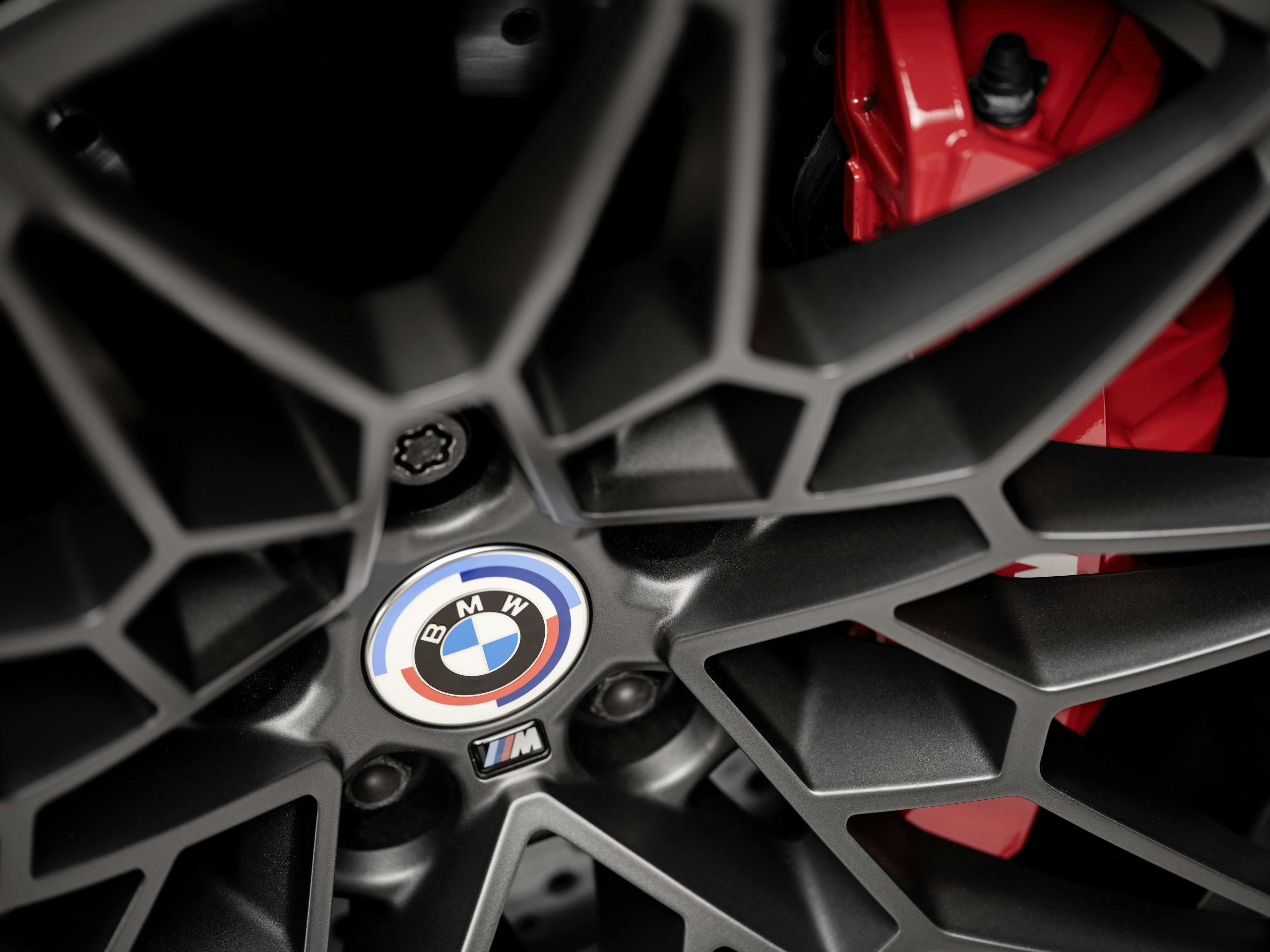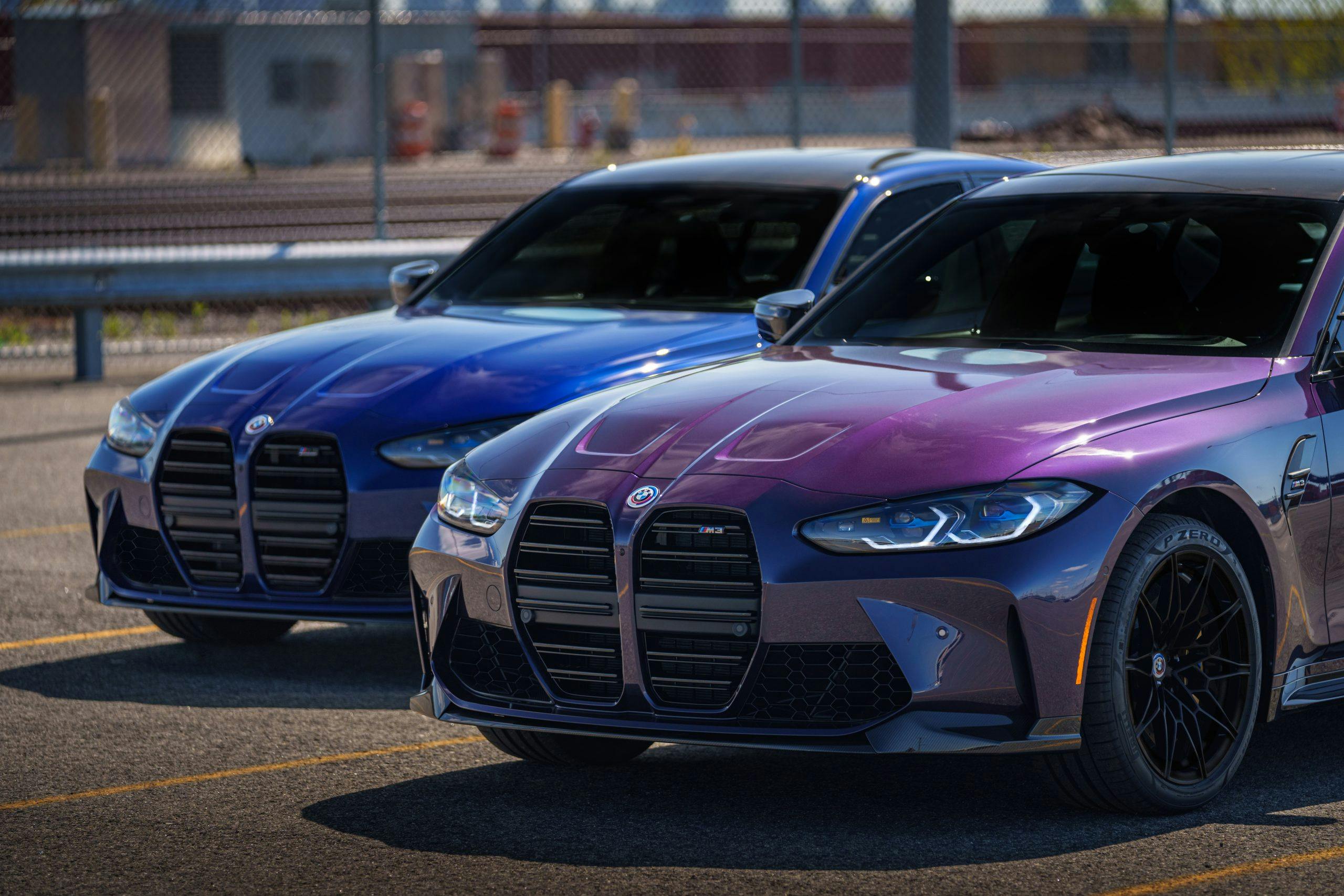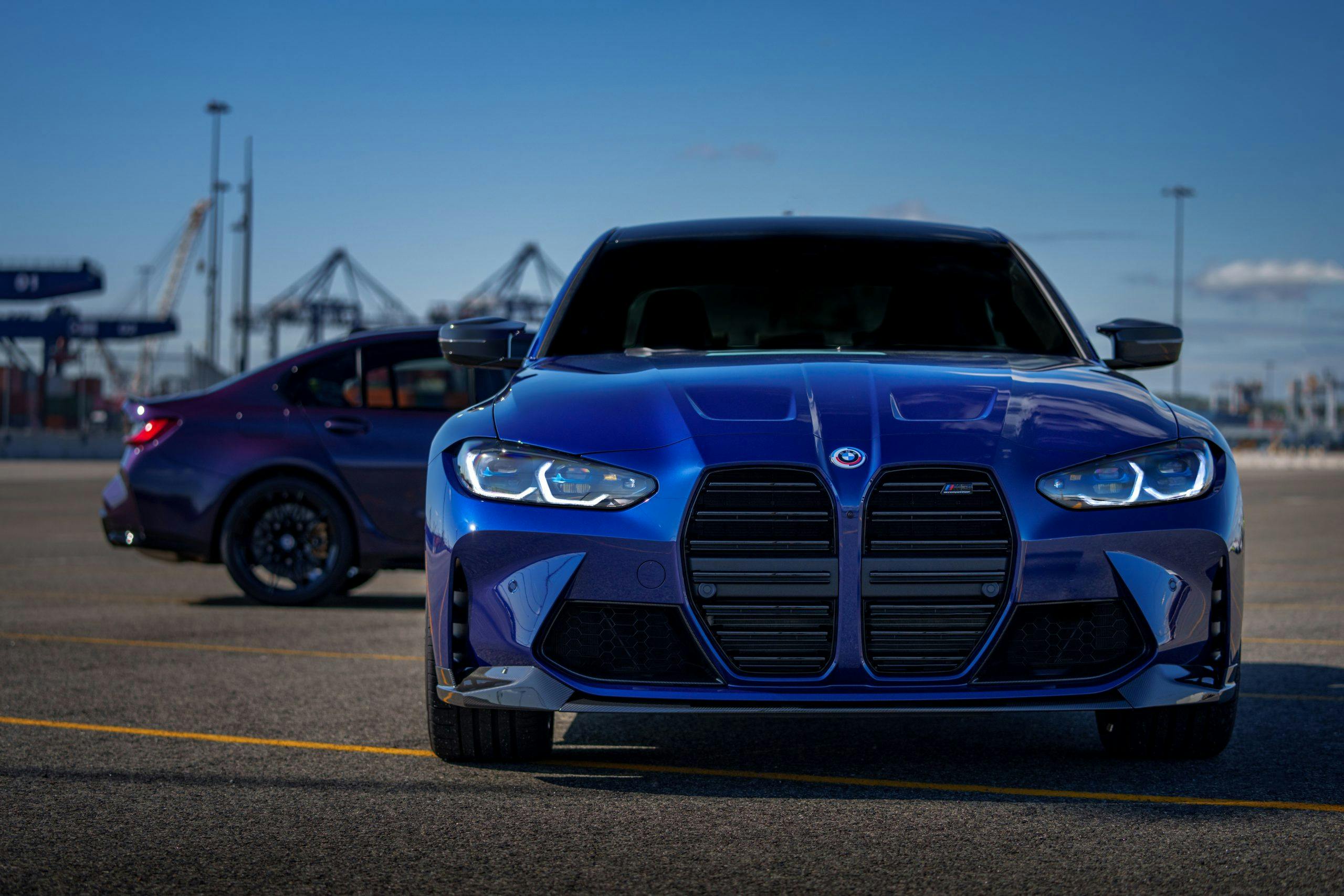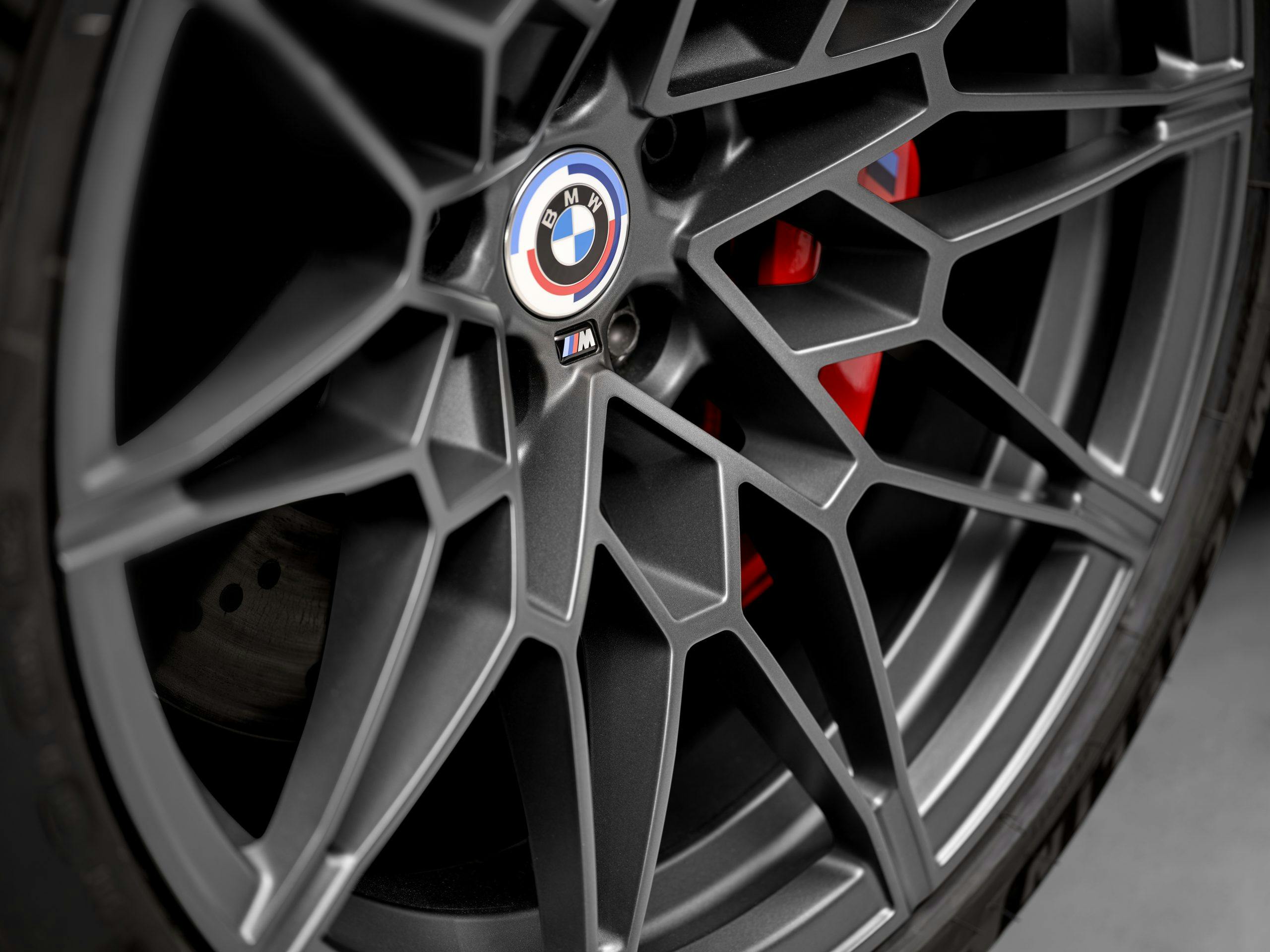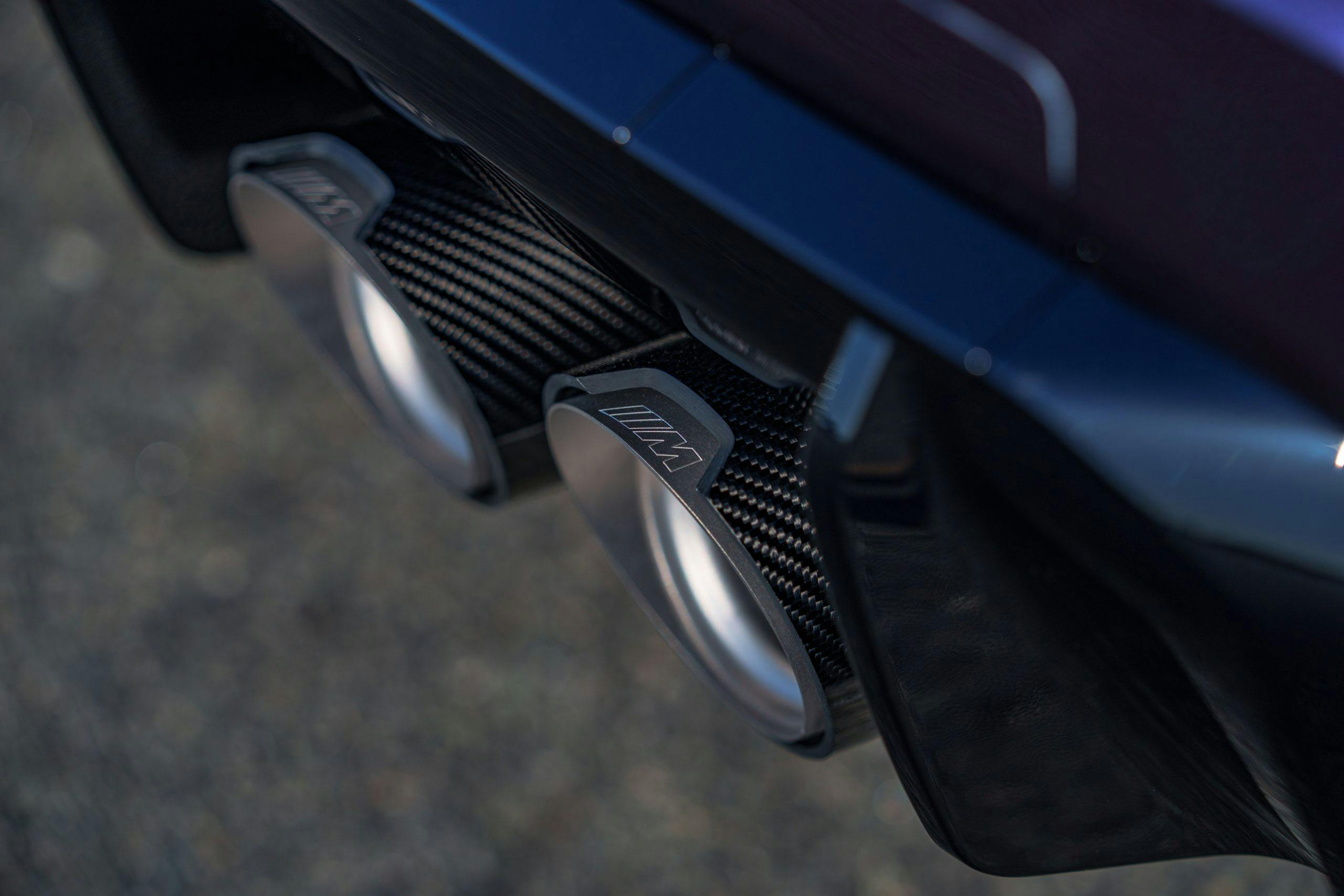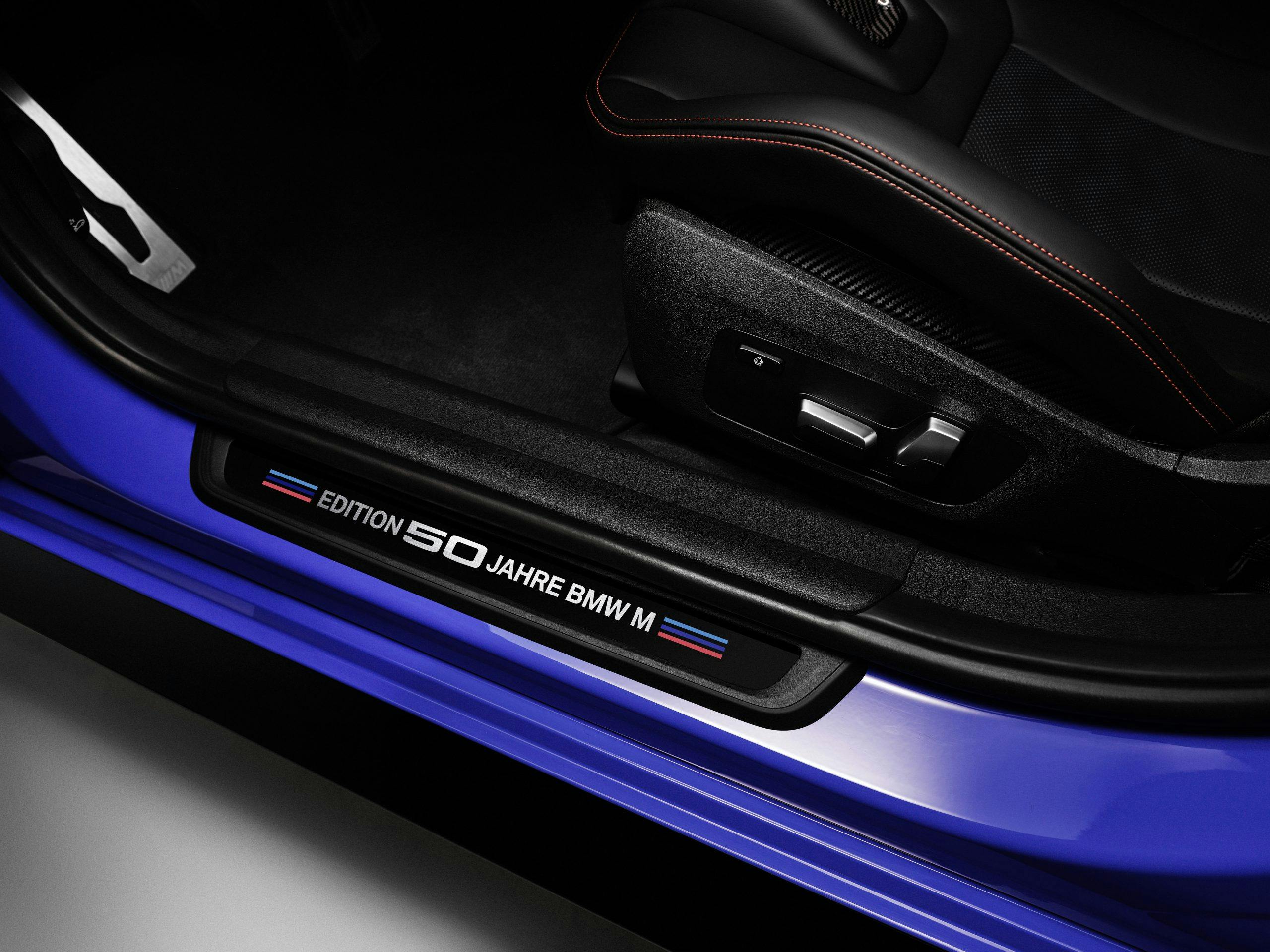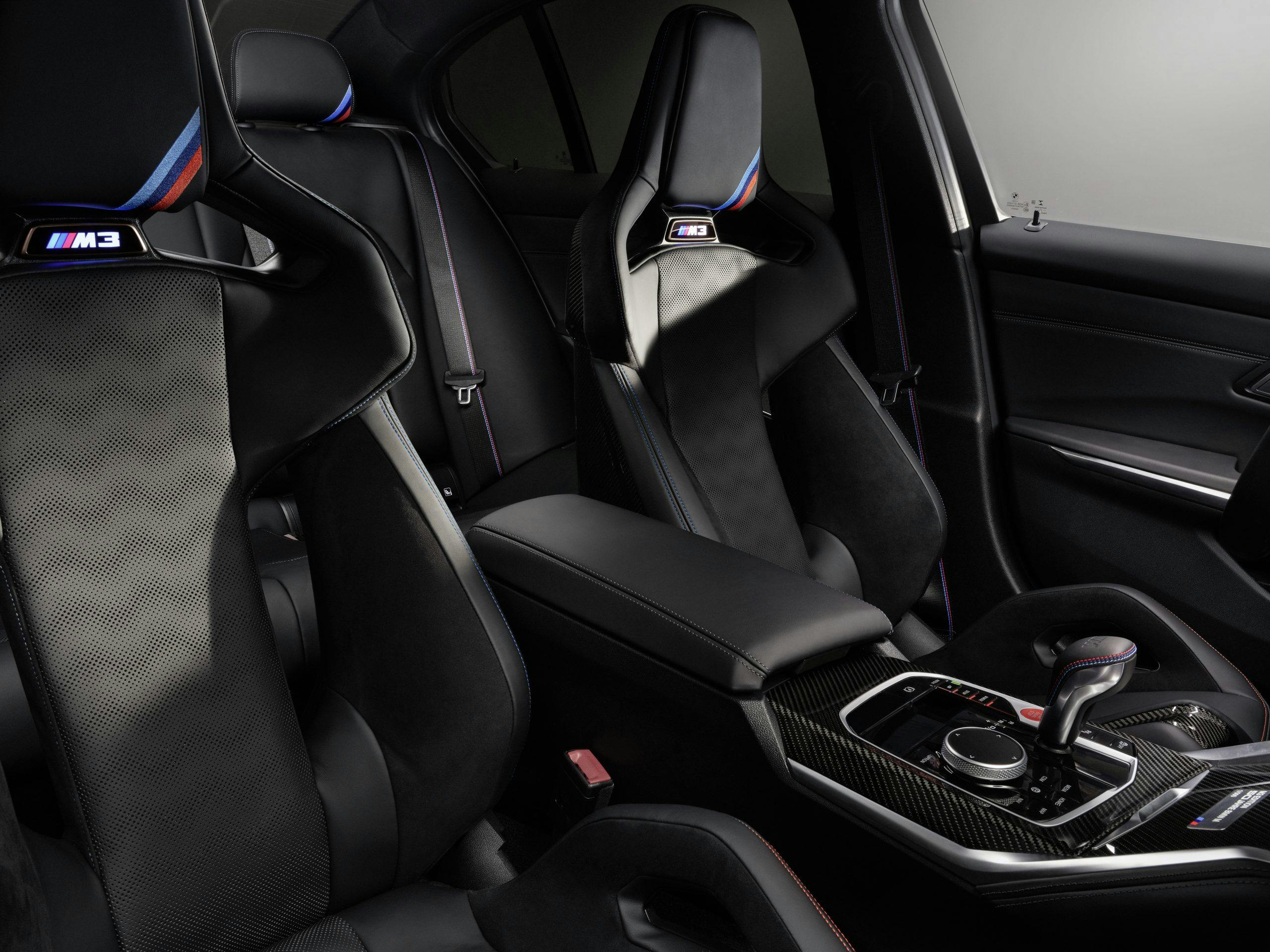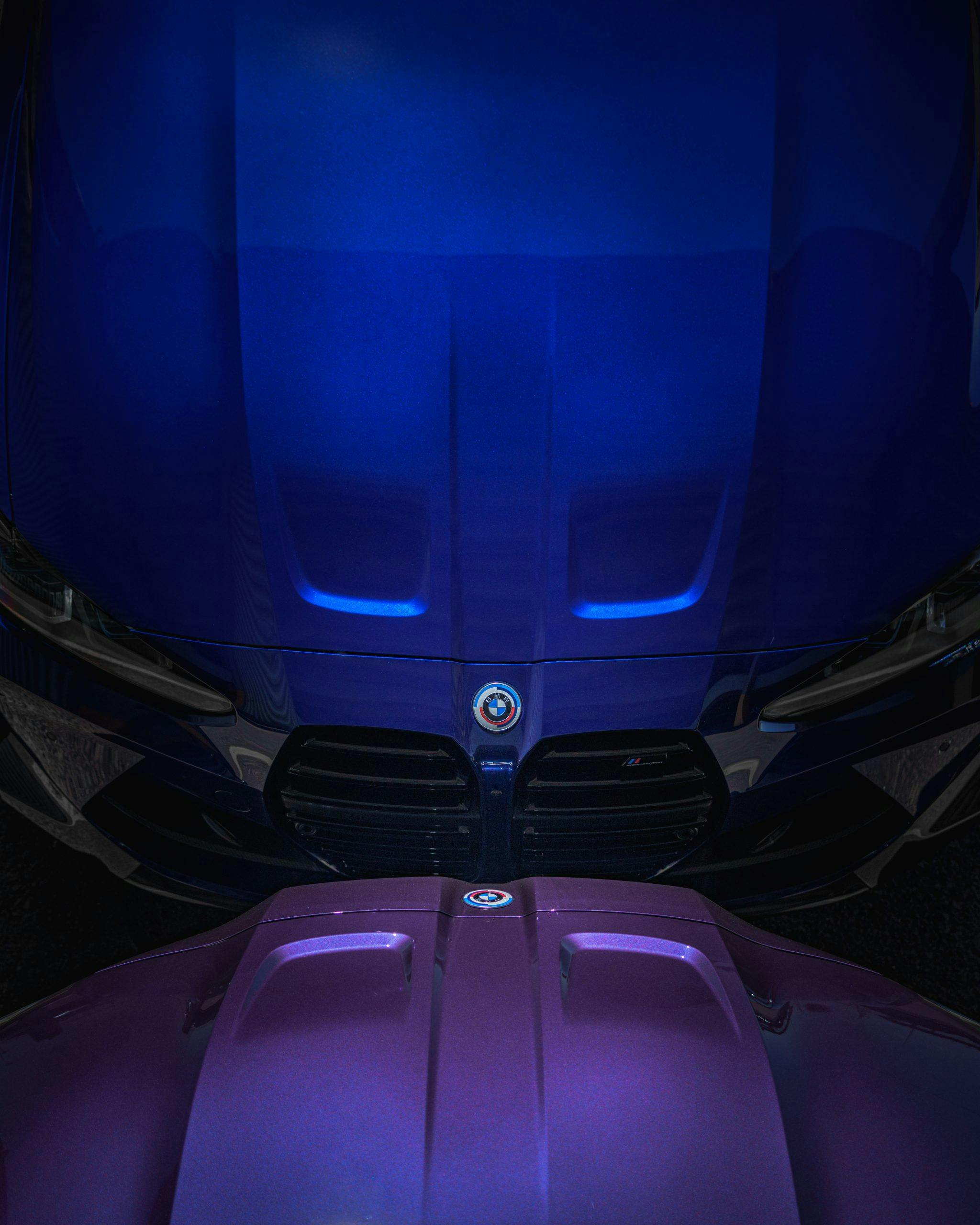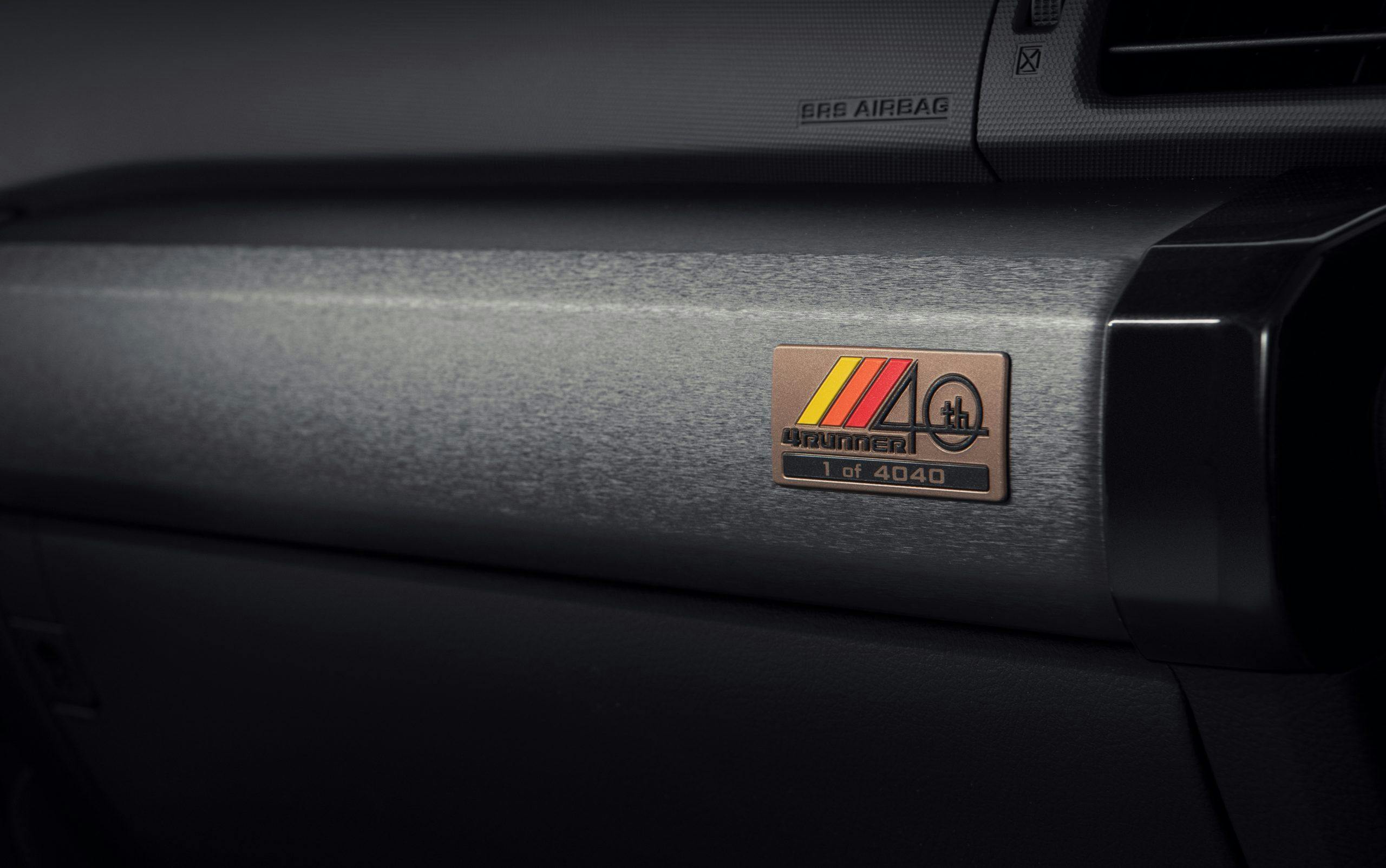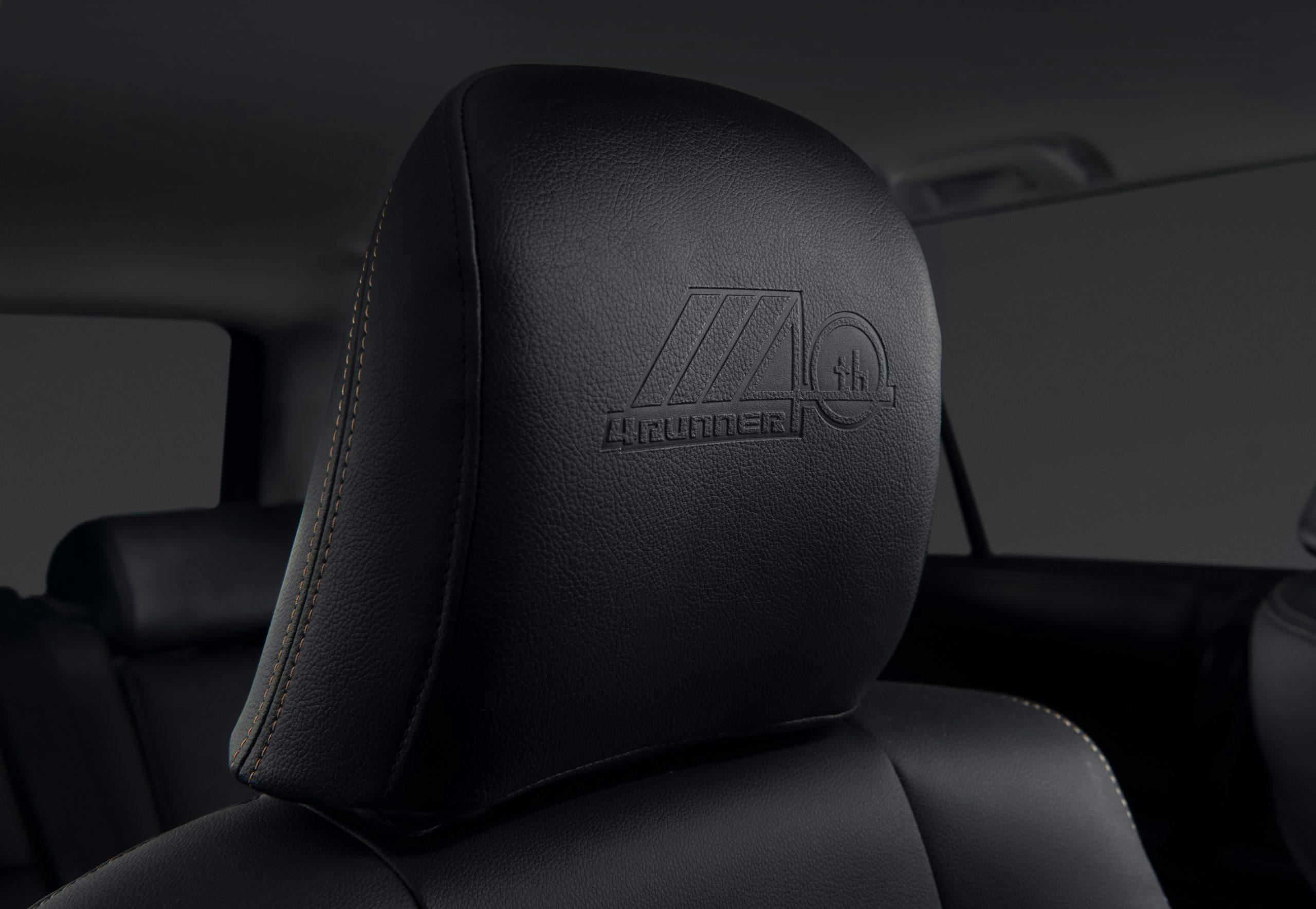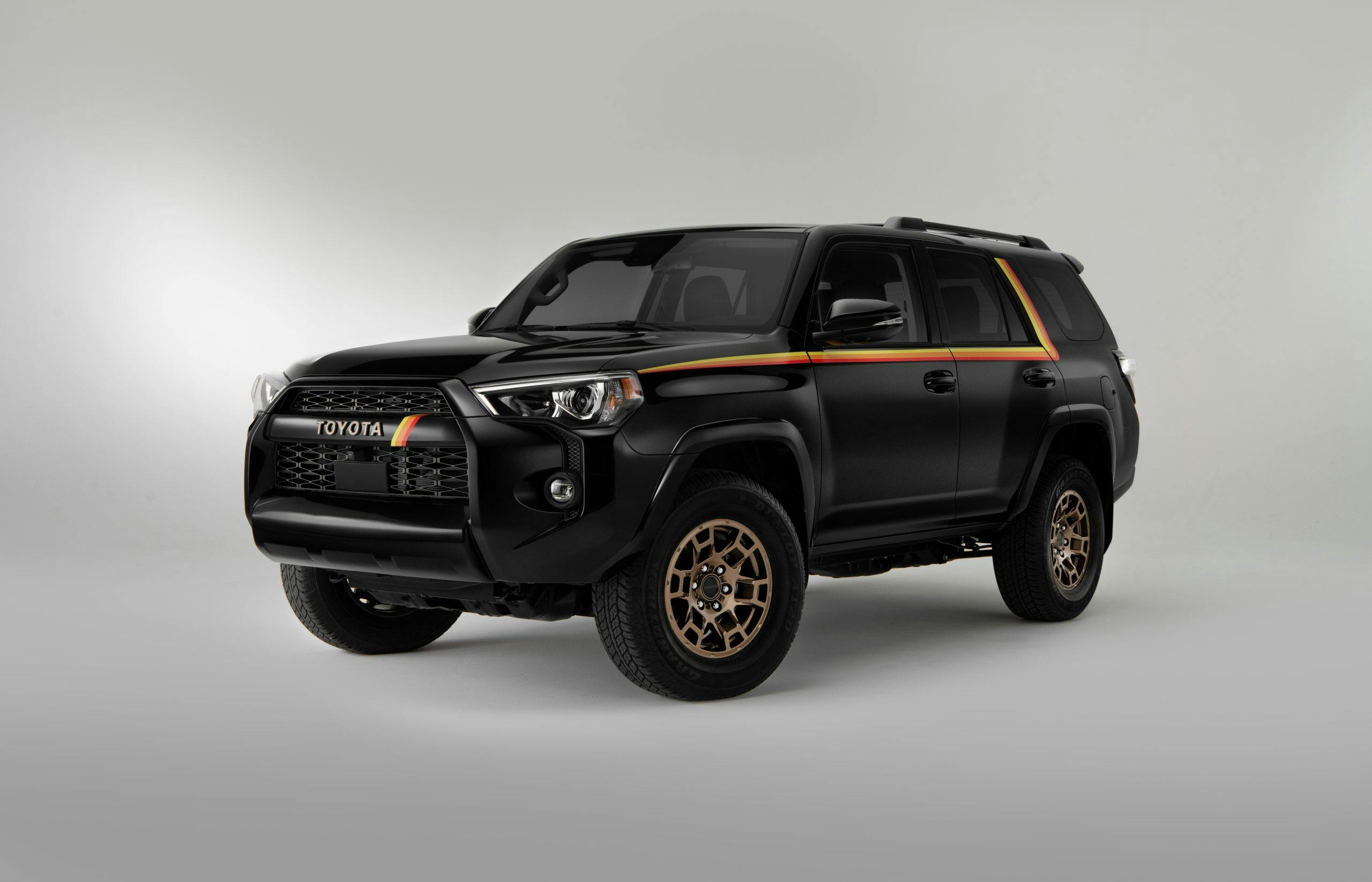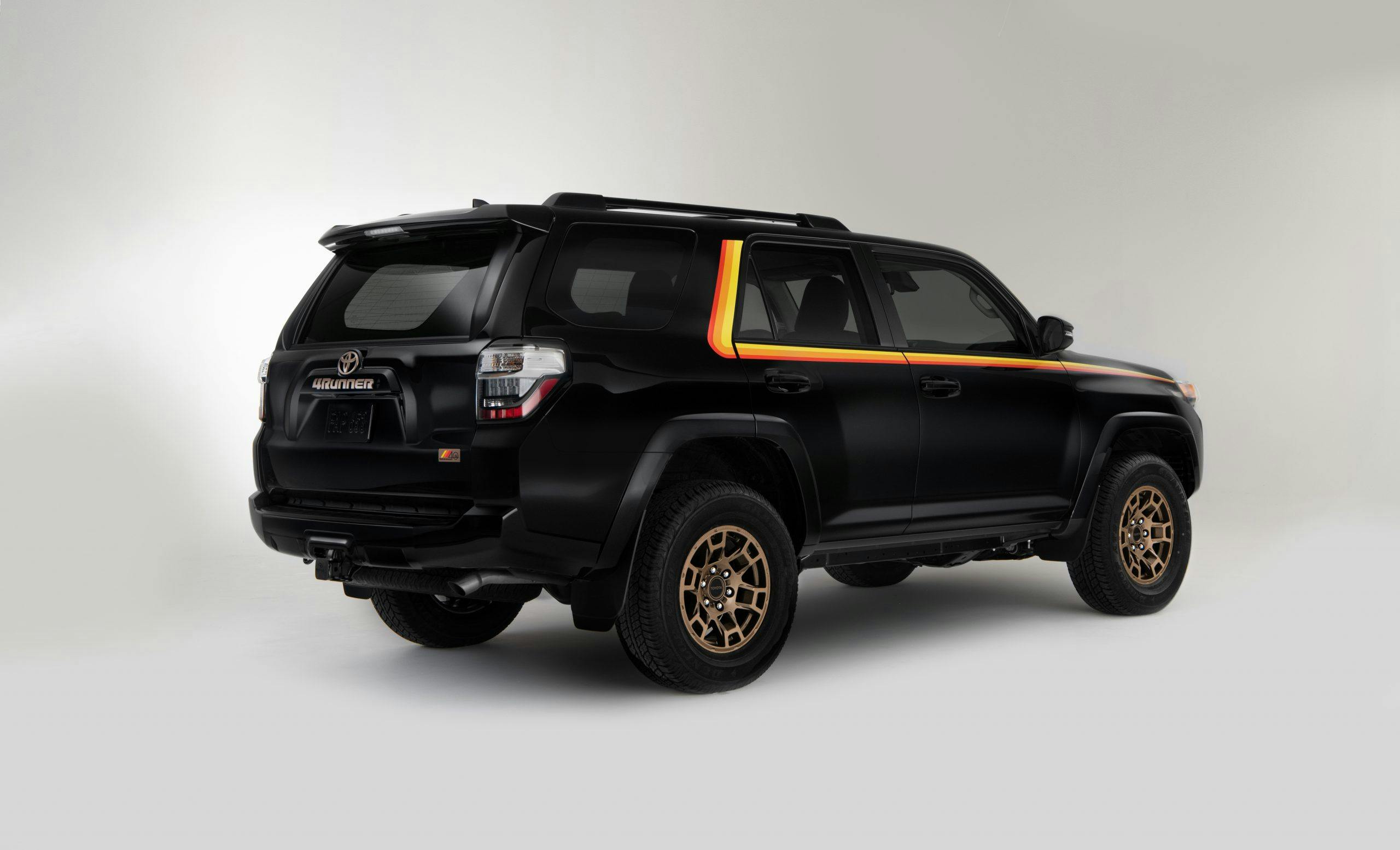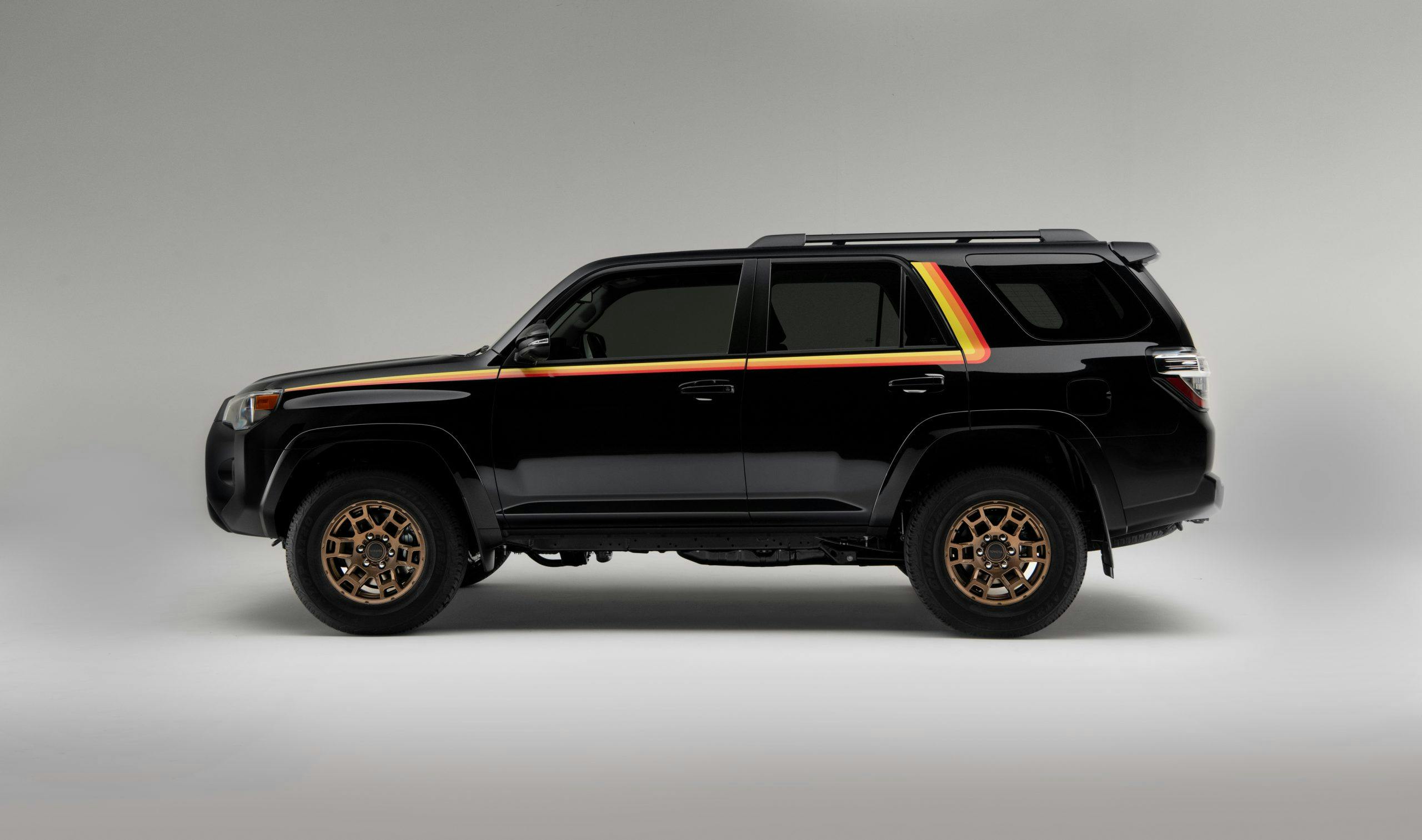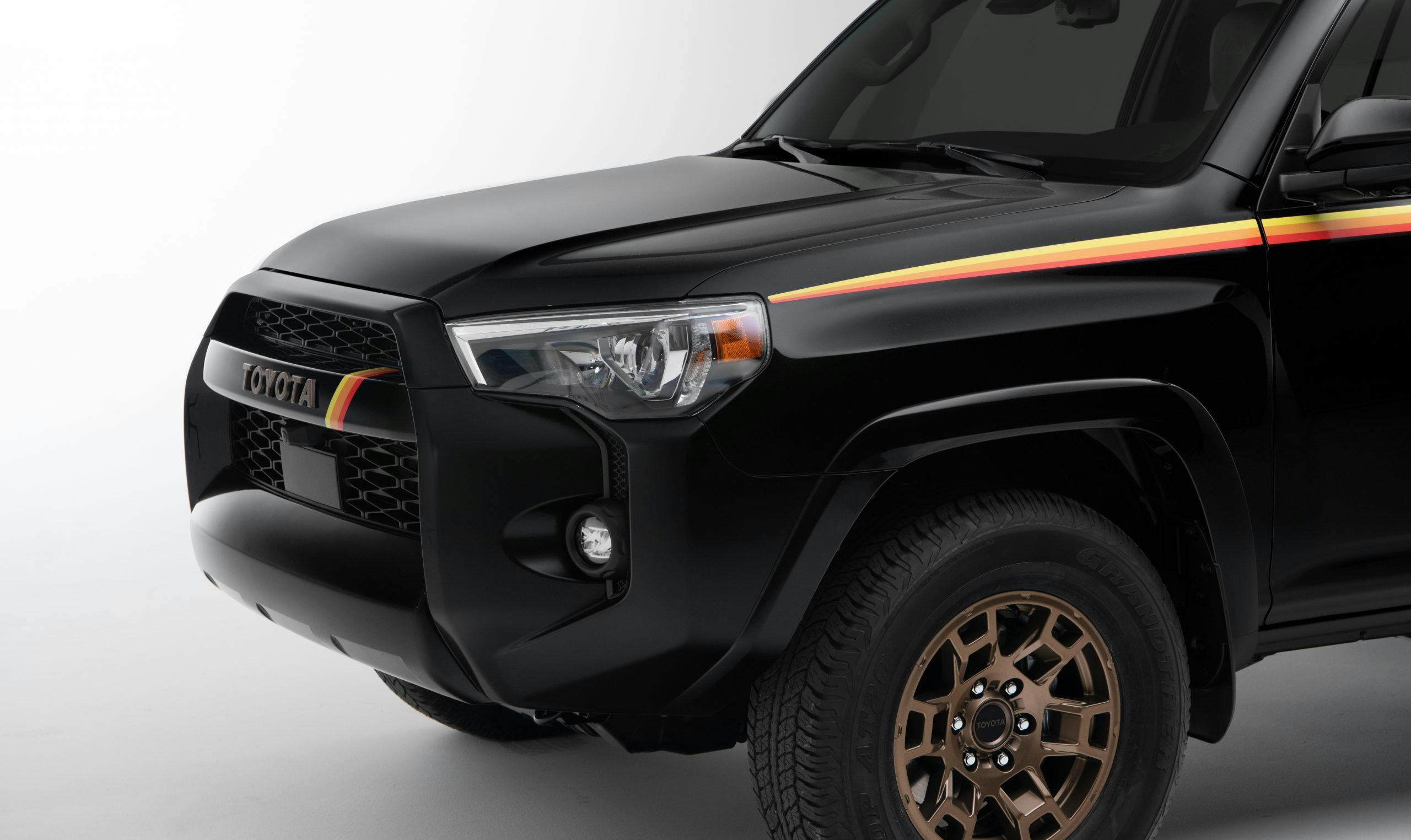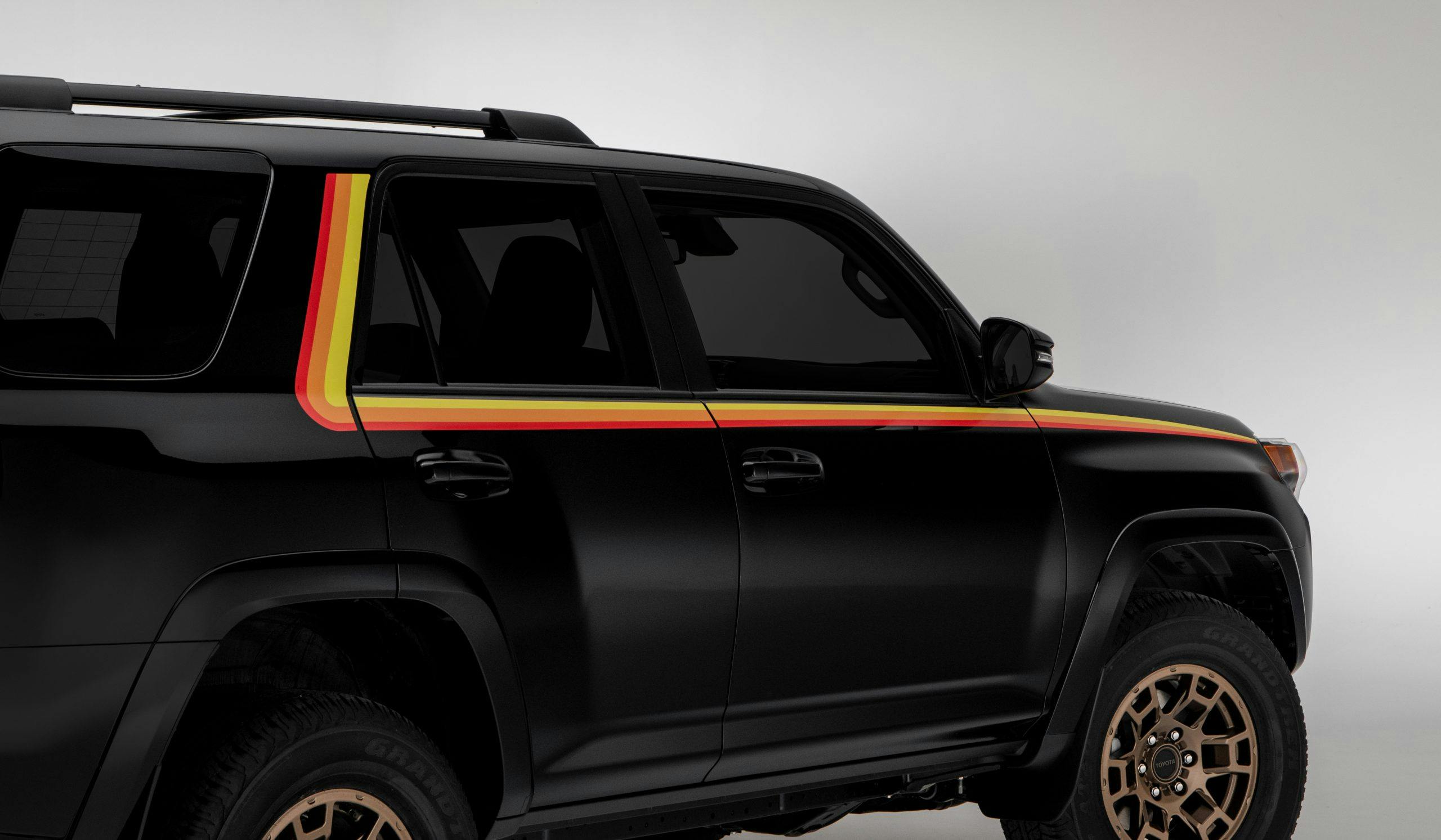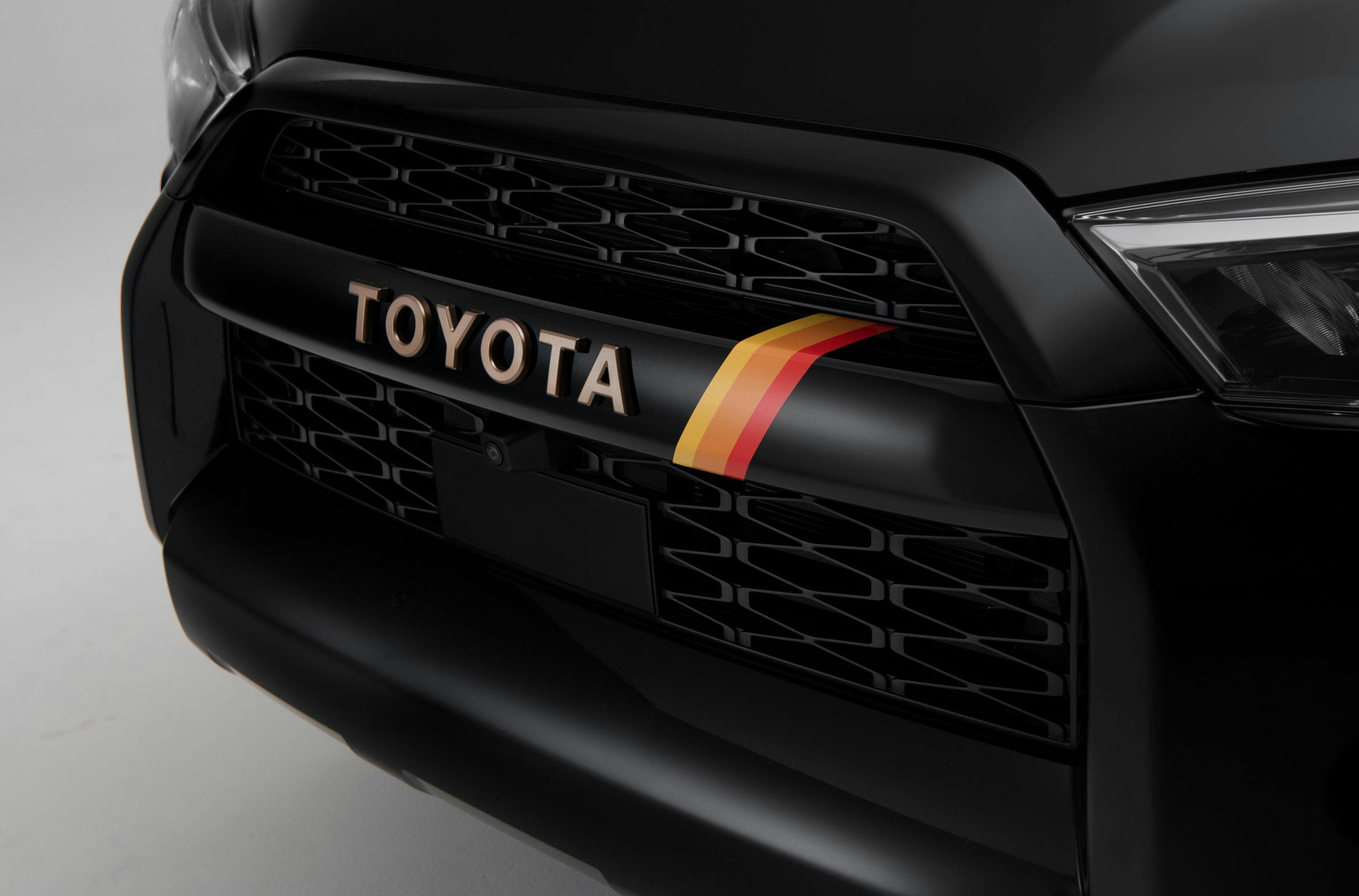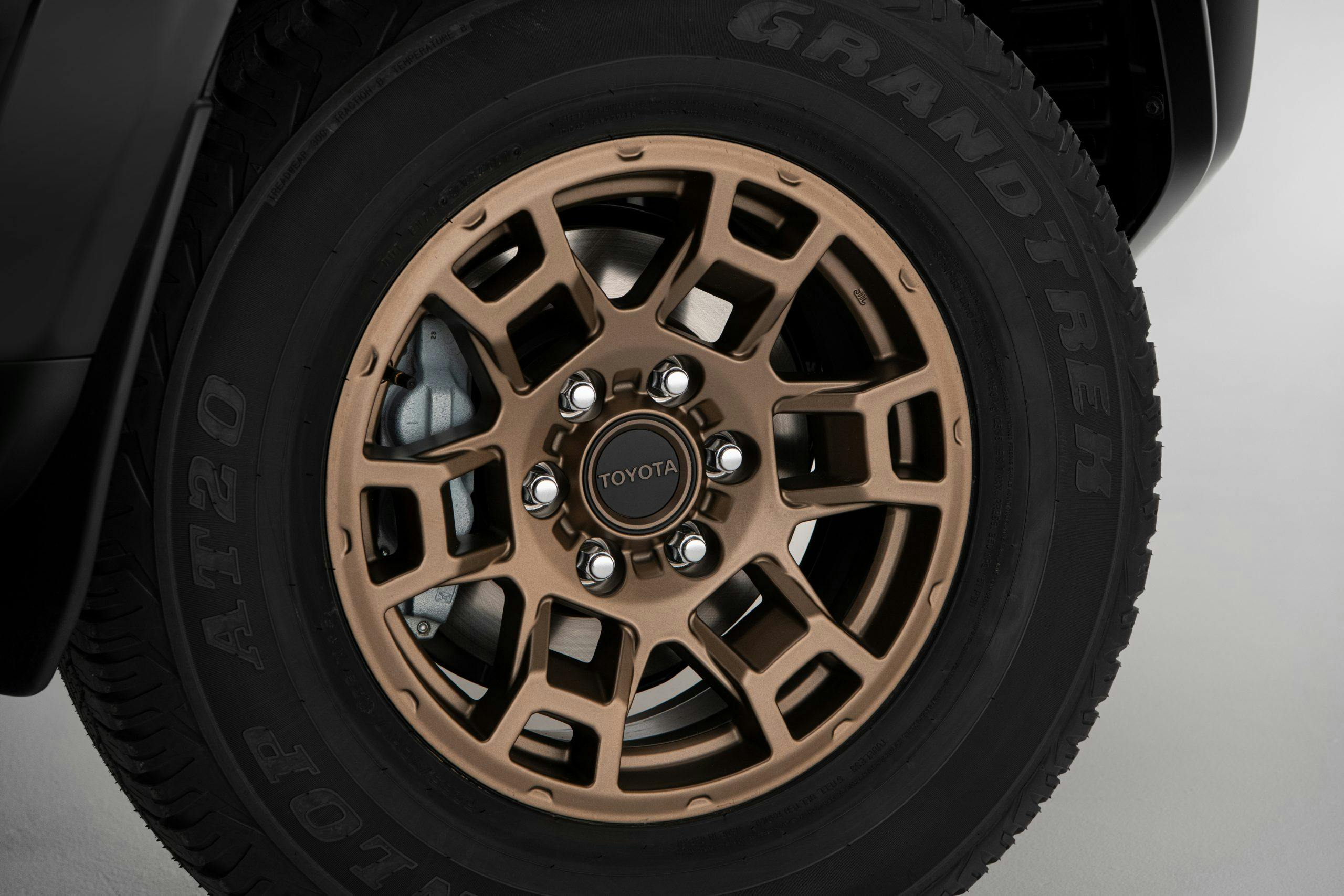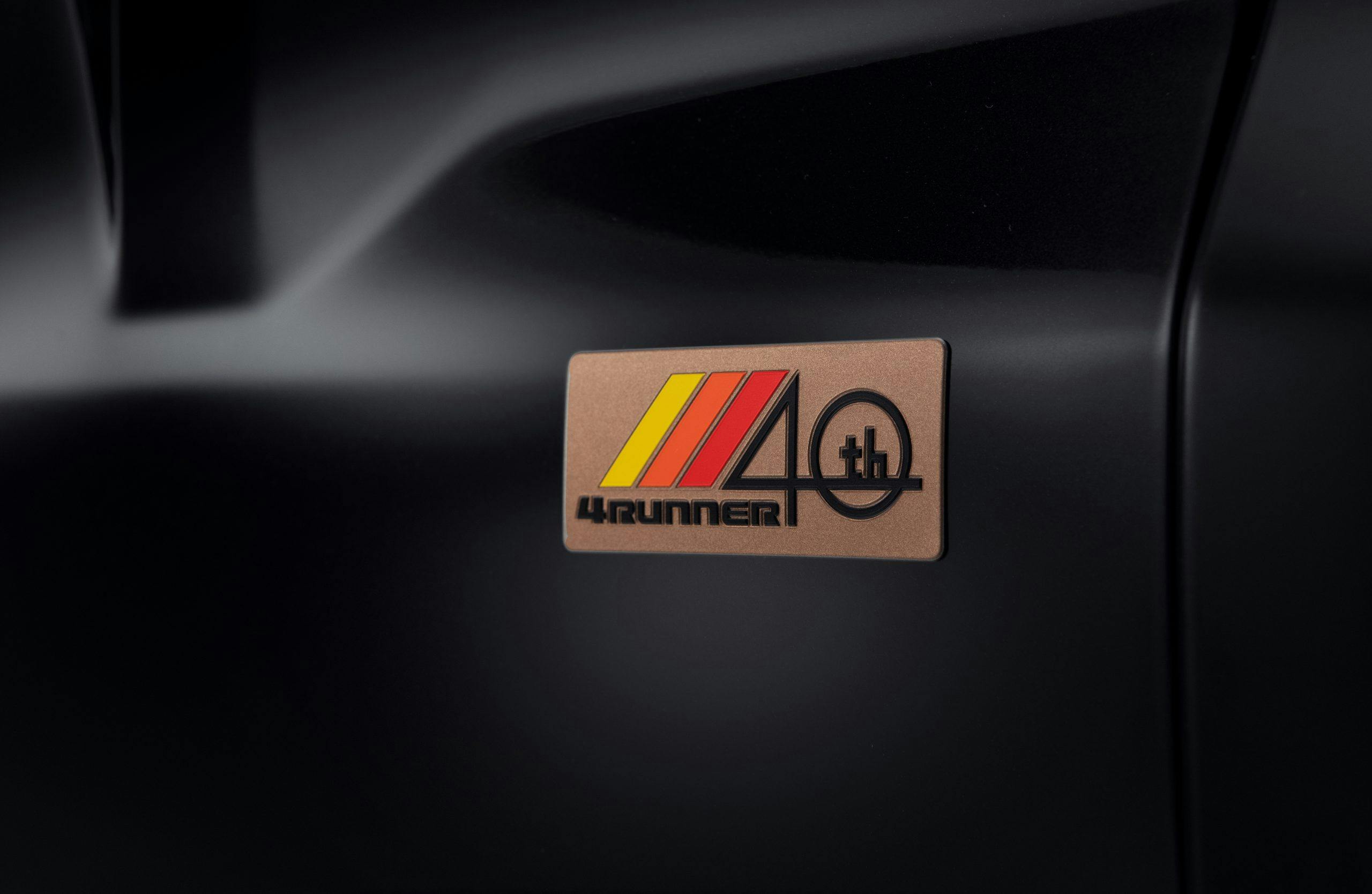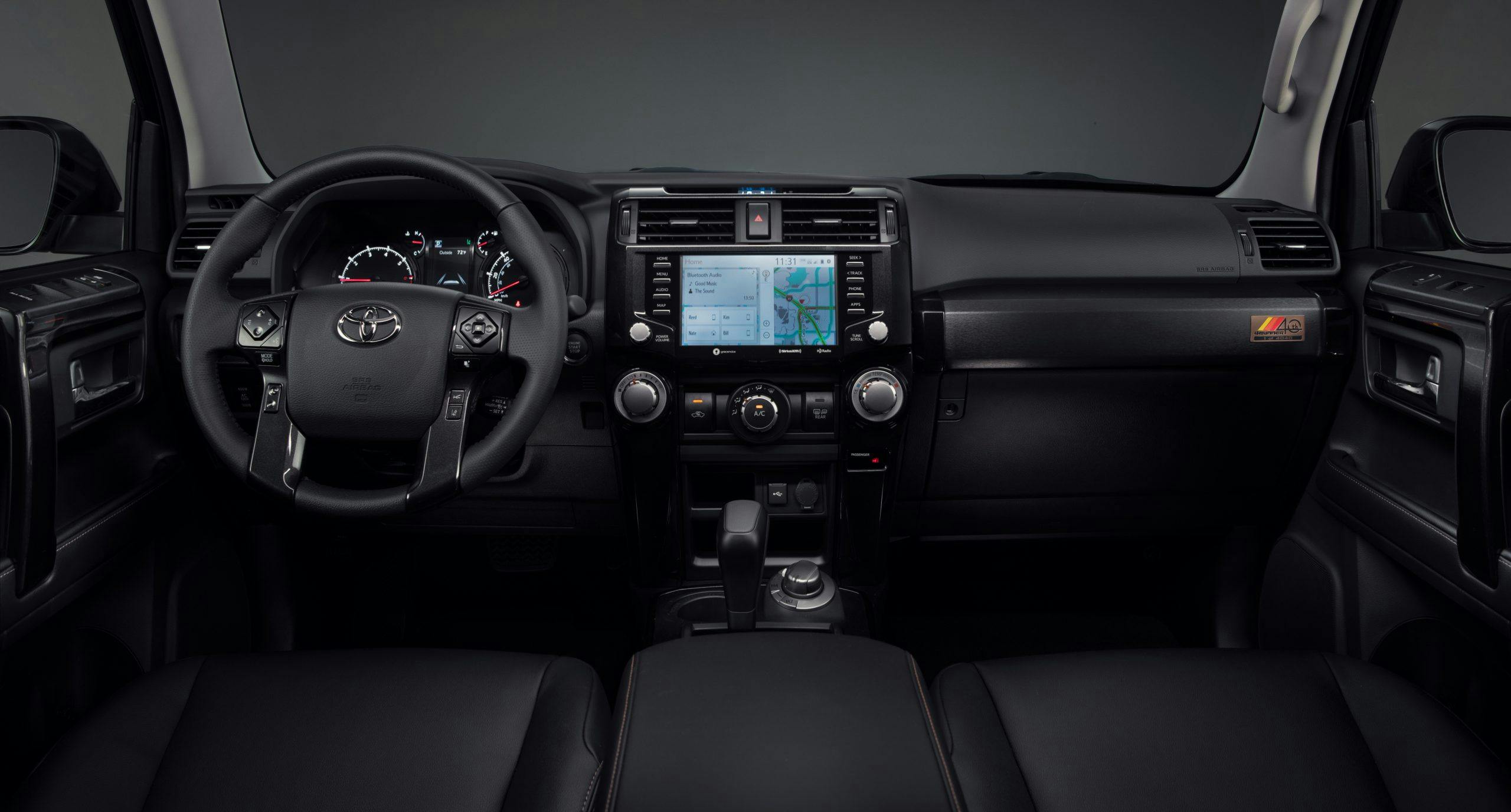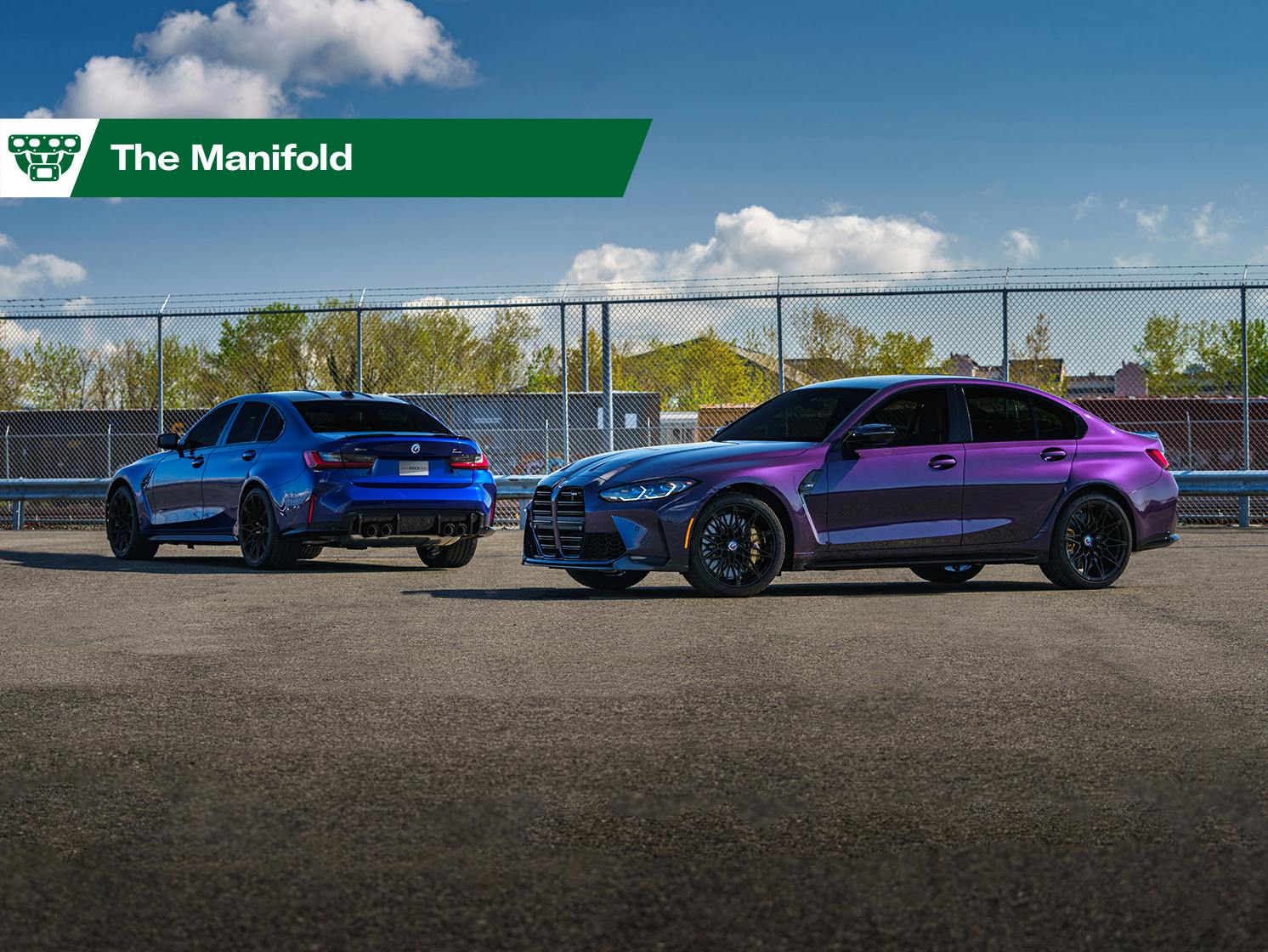Media | Articles
2023 BMW M3 cosplays in retro shades, 4Runner dons ’70s chic for 40th, average age of U.S. vehicles rises
North America only: BMW revives ’90s, 2000s M3 colors for M’s 50th
Intake: Today marks 50 years since executives signed the paperwork to make BMW Motorsports GmbH an official reality. Though it’s been blaring the 50th anniversary trumpets since the year started with a raft of goodies such as the M4 CSL, BMW’s decided that North America gets its own party. The guest of honor is the 2023 BMW M3 Edition 50 Jahre BMW M. Based on the 503-hp, all-wheel-drive M3 Comp xDrive, this is a limited run of 500 units available in five colors spanning the M3 pantheon. BMW’s reformulated Cinnabar Red to remember the E30-gen M3, Techno Violet for the E36 model, Deep Interlago Blue for the E46, and Fire Orange III for the E92 M3 (previously unique to the Lime Rock Park Edition). Limerock Grey is the F80-gen color choice. Since paint technology has evolved greatly since 1986, when the homologation-special E30 M3 debuted, the three oldest colors are modernized reformulations of the shades rather than new batches of the original recipes. All Edition 50 Jahre M3s will wear the retro-tastic Classic BMW Motorsport logos and a set of forged wheels (the spider-webby Style 826M from the current catalog) finished in an Edition 50–exclusive shade of matte grey. BMW also adds a carbon-fiber rear spoiler and finishes the tailpipes in carbon fiber and titanium, giving you the option to upgrade to the bucket seats and/or carbon-ceramic brakes. The Executive and Parking Assistance packages are already included, along with the tinted Shadowline lenses and LED headlights. Since this is a 2023 model year special, you’ll benefit from the recently announced 3 Series refresh that brings the Curved Display from the 7 Series. And yes, there’s a suitcase included, too—as there should be, for $96,695.
Exhaust: Though the nod to North America is quite considerate, BMW’s taking quite a risk by letting the sixth-gen M3 cosplay in the colors of its forebearers. The juxtaposition only highlights how much heavier, more complicated, and lavish the M3 has grown since its homologation-special origins in the late ’80s. 503 horsepower aside, it doesn’t help the F80’s case in purists’ eyes that it’s the first all-wheel-drive M3, either.
Silver-haired 4Runner dons bronze for nameplate’s 40th
Intake: The 4Runner SUV may be a dinosaur by modern product-cycle standards, but no marque is better than Toyota at leaving a good thing alone. The 2023 model year (the fifth generation’s fourteenth) marks the nameplate’s 40th anniversary, and Toyota is celebrating accordingly. Meet the limited-run, SR5-based 2023 4Runner 40th Anniversary Edition. Just 4040 will be made, all bound for the U.S. market. Every 40th AE 4Runner will boast four-wheel-drive with a two-speed transfer case, and you can choose one of three exterior colors: White, Black, or Barcelona Red. Special touches include bronze 17-inch wheels, a color-matched front grille, a bronze 40th Anniversary tailgate badge, and—most notably—a killer graphics package repping Toyota’s iconic TRD yellow/orange/red colorway. Inside, you’ll get special badging on the center console and bronze stitching on the shift knob and seats, along with special 40th Anniversary floor mats and seat emblems. Pricing details will be announced at a later date, but this much nostalgia won’t come at a discount.
Exhaust: We’d expect series Toyota fans to snap up this special-edition. “Typically, special editions that have some meat to them beyond just a badge and a bit of special trim hold their own as collector pieces,” says Hagerty Price Guide editor Greg Ingold. “While on the surface this 40th Anniversary model may not appear to have much meat, the bespoke bronze wheels and nostalgia-inducing TRD colors in the striping package combined with the collector market’s fondness for the 4Runner’s place in vintage 4×4 history will likely still make each of these 4040 units a hot commodity.”
Marketplace
Buy and sell classics with confidence
Eventually customers will get strung out on nostalgia, but, incredibly, the numbers don’t suggest they’ve tired of the 4Runner, whose current generation recorded its best-ever sales year in 2021 (145,000+ units). Although a new Tundra and Sequoia foreshadow makeovers for their smaller Tacoma and 4Runner siblings, we’re inclined to agree with Toyota that there’s still life in the old dog … for now.
British EVangelist to drive from Pole to Pole

Intake: Adventurer Chris Ramsey aims to be the first person to drive from the North to the South Pole. What’s more, he’ll be driving a Nissan Ariya electric car the whole way. Starting in Canada at magnetic north, Ramsey will drive the length of the United States before crossing into Central and South America. From Argentina the car will then be shipped to the finish in Antarctica. The journey will be a massive test for EV technology; not only are charging stations few and far between for much of the 17,000-mile trip, but temperature extremes from -22 to nearly 90 degrees Fahrenheit will put the batteries through the wringer. Ramsey’s Nissan Ariya e-4ORCE will be modified for the Pole to Pole adventure by Iceland’s Arctic Trucks, whose chairman Emil Grimsson says it will be quite the task: “For over 20 years we have specialized in providing logistical support, engineering expertise and expedition planning for projects in both Polar Regions. This will be one of the most ambitious missions that we’ve worked on, but demonstrating the success of electric vehicles in these extreme climates will be crucial to replacing the fleet of combustion-engine vehicles that work in these regions with clean alternatives.”
Exhaust: Ramsey is a seasoned EV explorer, having previously completed the 10,000-mile Mongol Rally from the U.K. to Siberia in a Nissan Leaf. Over that 56-day journey he averaged less than 180 miles per day, and even with the Ariya’s greater range compared to the Leaf, the conditions mean he’s likely to be on the road for three months or more. Good luck.
Time-capsule 1976 Ford Econoline Chateau van is no joke
Intake: For two guys that make their livings telling jokes and getting laughs, both Jay Leno and Jeff Dunham are serious when it comes to custom vans. This week on Jay Leno’s Garage the guest is a 1976 Ford Econoline Chateau that wears one of the most 1970s paint jobs you’ll ever see. The factory package equipped this beast with sweet custom paint, a set of kidney-bean mag wheels, and a shag carpet interior that certainly could never be sold today. Is it the perfect time capsule to the ’70s?
Exhaust: Factory-outfitted off-roaders are all the rage these days, but 50 years ago, everyone was crazy about custom vans. Even the OEMs wanted some of the cash that enthusiasts were spending on these rolling cargo boxes. This 351-powered beast flaunts the the custom paint that was advertised in the promotional materials but the vans coming off the line actually works a simpler scheme, likely in an effort to save money and time.
BAC Mono R is quicker than a LaFerrari and sold fast

Intake: The minimalist BAC Mono R is the lightest and most powerful model ever produced by the British niche manufacturer, and it’s flying out of the factory. BAC has delivered just delivered the 25th of 30 examples of its $325,000 single-seater. Weighing in at 1223 pounds apiece and with a 347 hp normally-aspirated 2.5-liter motor, the Mono R features a host of upgrades to shave weight and add speed. To begin with, the 44 body panels are made of graphene-enhanced carbon composite which is built up from a series of carbon sheets just one atom thick. This material is both stronger than normal carbon fiber and 20 percent lighter. Magnesium is used in the chassis and transmission to save more mass, and lighter carbon ceramic discs with AP Racing calipers are also fitted. Throw in an Inconel and stainless-steel exhaust system and the R weighs 121 pounds less than the standard Mono. On top of that the Mountune-built engine is boosted thanks to an F1-inspired ram-air inlet system, with new throttle bodies, and a revised cylinder head. Cornering prowess is improved with adjustable Öhlins dampers and Pireli Trofeo R tires. During testing the Mono R lapped the Red Bull Ring in Austria a full six seconds quicker than a LaFerrari.
Exhaust:The Mono R offers all the thrills of operating a single-seat race car, minus the messy and sometimes embarrassing aspects of legitimate competition, at only three times the price. What’s not to like?
Average age of U.S. vehicles rises to 12.2 years

Intake: Humans aren’t the only ones living longer these days, as the age of the U.S.’s collective vehicle fleet is now at a record high of 12.2 years. The data provided by S&P Global Mobility is broken down by type of vehicle, with cars averaging 13.1 years old and light trucks at 11.6 years. But what’s more interesting to see is that cars have been spiking upward in age since 2018, while light trucks (including SUVs and minivans) have remained relatively flat. S&P attributes much of this increase to the lack of availability of new vehicles (that would lower the average), an increase in personal transportation because of the pandemic, and a decrease in scrappage rates.
Exhaust: Perhaps this news comes as no surprise to folks who scour late-model, high-turnover junkyards for the necessary parts to keep five-plus-year-old vehicles running, or to the high finance types who follow automotive stock like Autozone. No really—go ahead and google Autozone’s stock price over the last five years. The Internet won’t stop talking about Tesla stock, but Autozone’s is roughly three times more valuable right now. But no matter which junkyard or financial website you consult, figuring out why cars are significantly older (on average) than light trucks will be far more difficult to ascertain: Perhaps few new cars being made vs. light trucks means the age will continue to spike upwards?

